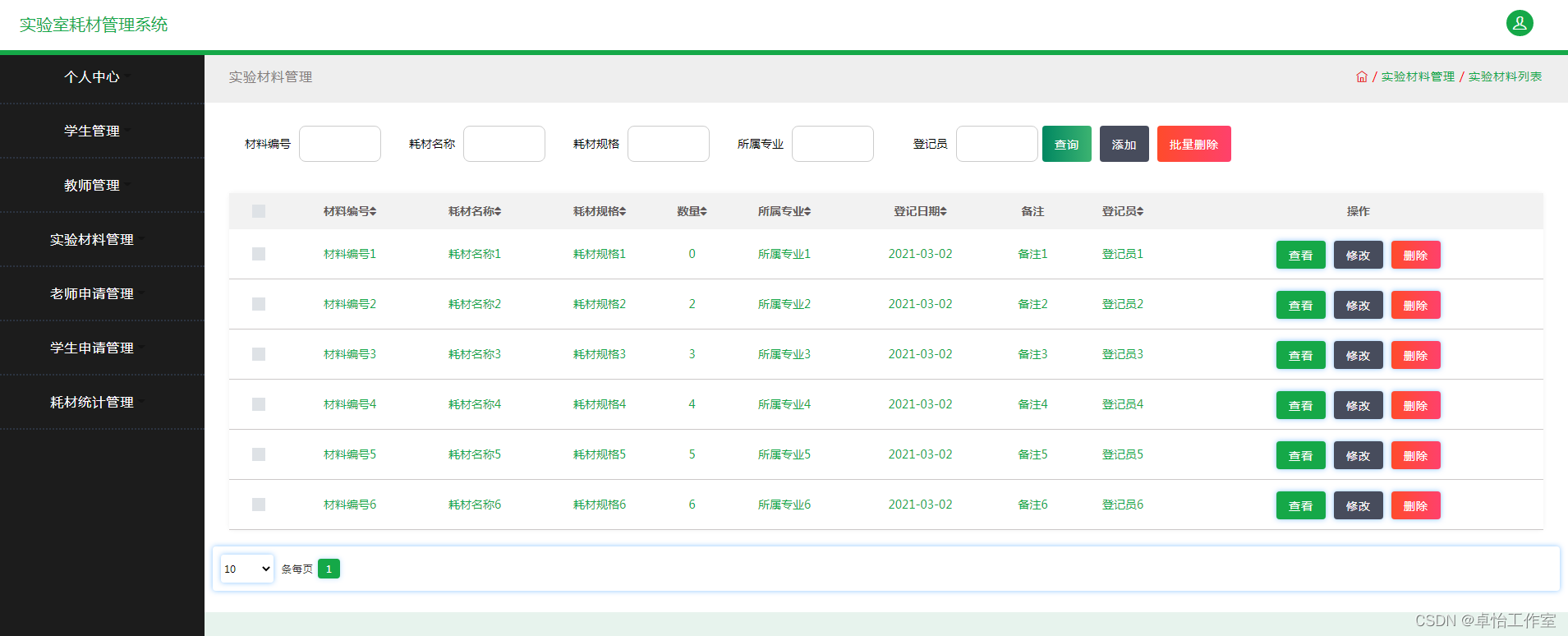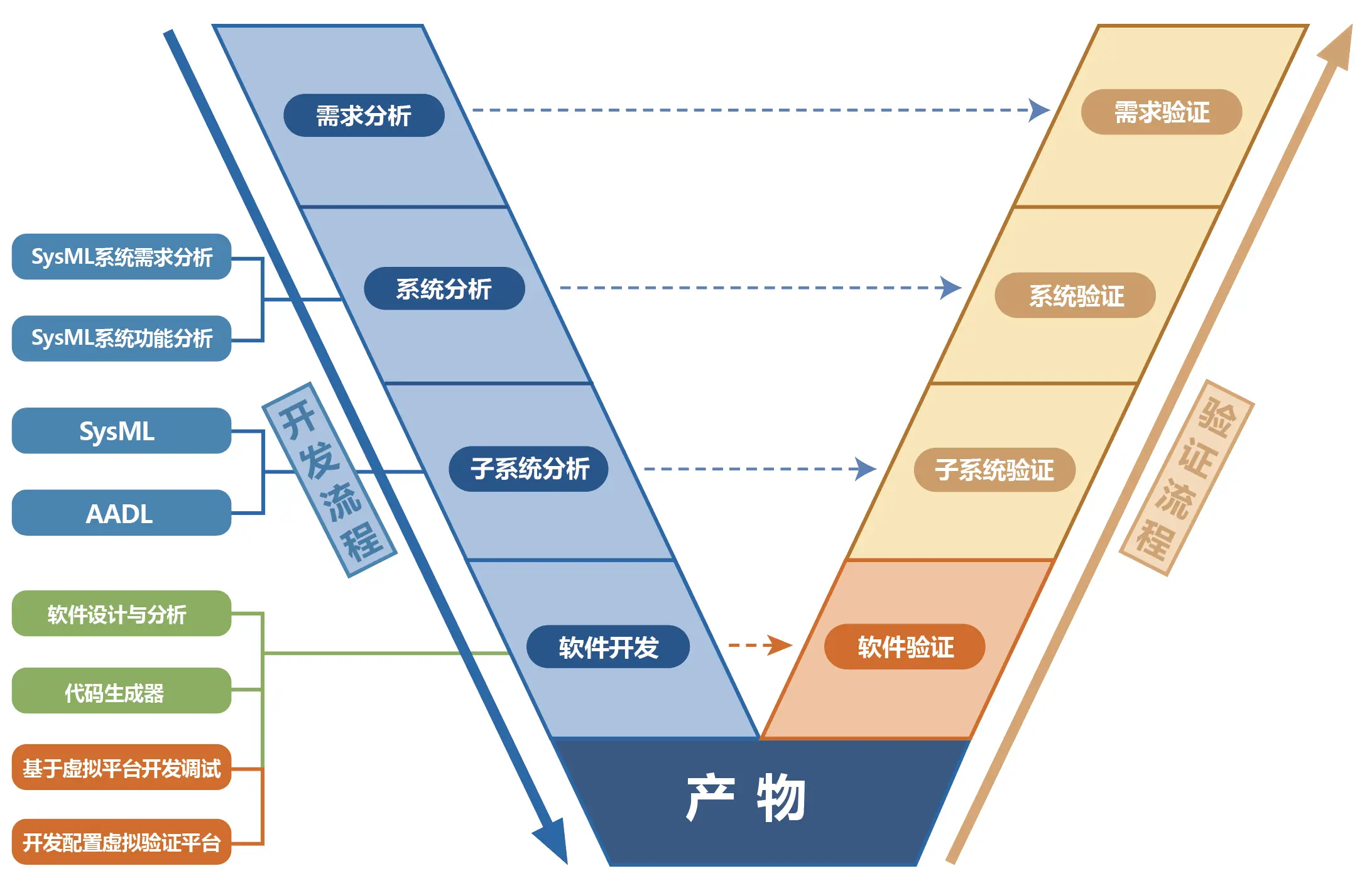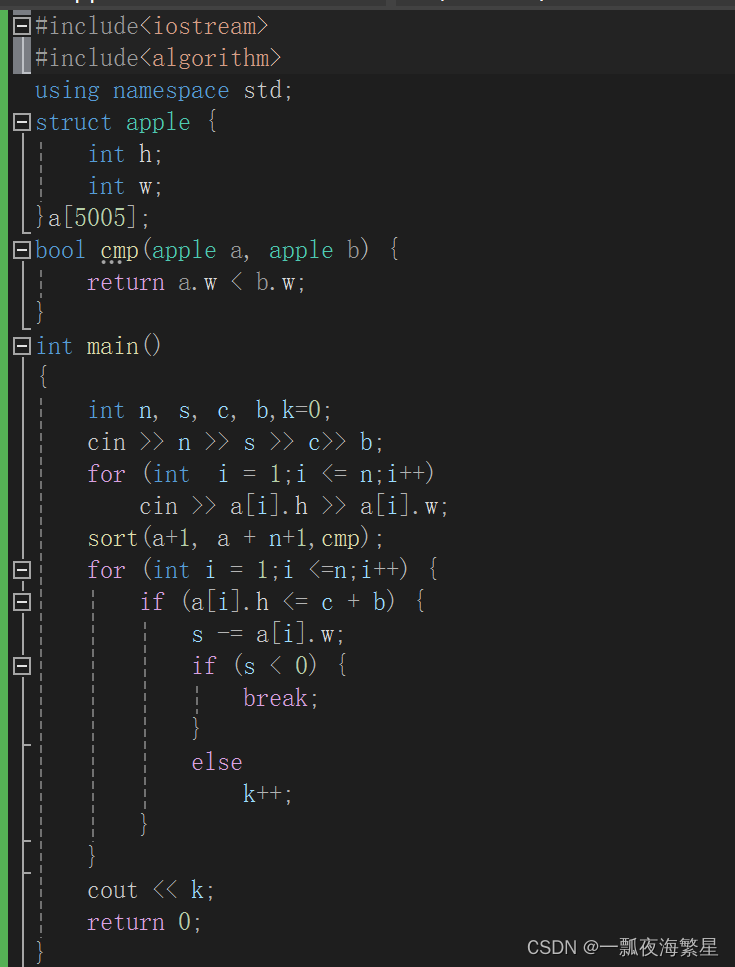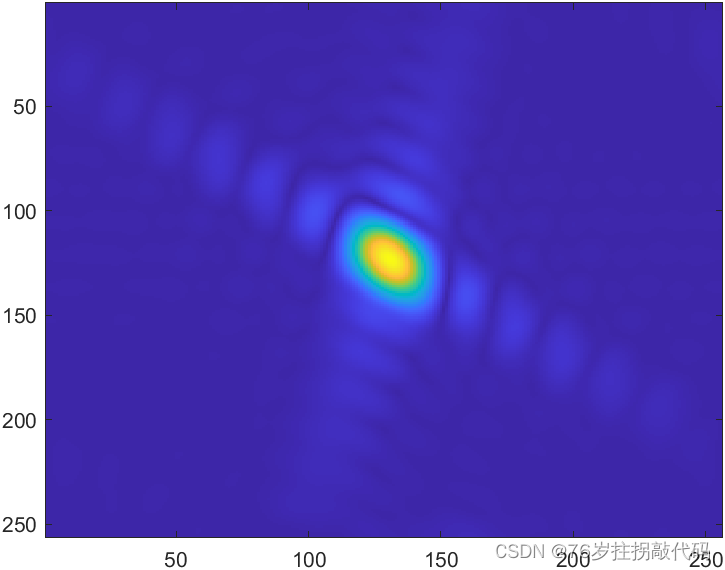目录
线程池
介绍
图解
过程
本质
模拟实现
思路
注意点
解决方法
代码
pthread_pool.hpp
task.hpp
main.cpp
示例
线程池
介绍
线程池是一种并发编程的设计模式,用于管理和重复使用线程,以提高多线程应用程序的性能和效率
线程池主要用于控制并发执行的线程数量,避免在需要执行任务时频繁创建和销毁线程,从而减少系统资源的开销
简单来说,就是用空间换时间
- 比如说,malloc封装的系统调用是有代价的
- 所以每次开辟时都会额外开辟一些空间,这样可以有效减少调用的次数,减少成本
图解
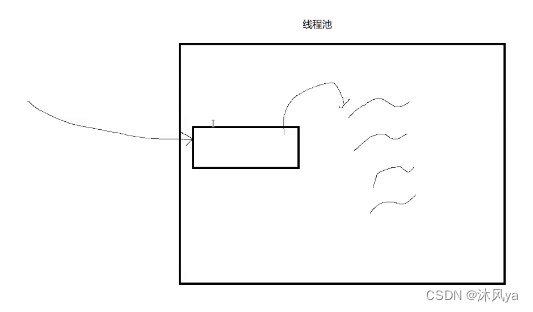
过程
主线程只负责push任务,由线程池完成其他工作
- 创建线程
- 分配任务 (当队列中有任务时,就让某个线程去处理;没有时,线程进行等待)
本质
- 上面的过程听着是不是很熟悉,将任务push进队列,线程又将任务pop出来去处理
- 其实就是我们已经学习了两种的生产消费者模型
- 只是要将多线程封装进类中而已
模拟实现
思路
- 还是熟悉的模型,类中要实现核心的push和pop操作
- 以及处理好线程的创建和销毁
注意点
我们的所有操作都是放在类中的 -- 这是一个大前提
- 其中,pthread_create创造出的线程,其执行任务的函数要求参数有且仅有void*这一个类型
- 但是该函数是被我们放在类内的,会强制添加一个this指针参数
- 所以,参数个数就不满足要求了
解决方法
- 放在类外(全局函数)
- 静态成员函数
代码
pthread_pool.hpp
#include <pthread.h> #include <vector> #include <queue> #include <stdlib.h> #include <string> #include <unistd.h> #include <semaphore.h> #include <iostream>struct thread {pthread_t tid_;std::string name_; };template <class T> class thread_pool { private:void lock(){pthread_mutex_lock(&mutex_);}void unlock(){pthread_mutex_unlock(&mutex_);}void wait(){pthread_cond_wait(&cond_, &mutex_);}void signal(){pthread_cond_signal(&cond_);}T pop(){T t = task_.front();task_.pop();return t;}bool is_empty(){return task_.size() == 0;}std::string get_name(pthread_t tid){for (auto &it : threads_){if (it.tid_ == tid){return it.name_;}}return "none";}static void *entry(void *args) // 类成员会有this参数,但入口函数不允许有多余参数{thread_pool<T> *tp = static_cast<thread_pool<T> *>(args); // this指针,用于拿到成员变量/函数while (true){tp->lock();while (tp->is_empty()){tp->wait();}T t = tp->pop();tp->unlock();t();std::cout << "im " << tp->get_name(pthread_self()) << ",task is " << t.get_task() << " ,result is " << t.get_result() << " ,code is " << t.get_code() << std::endl;usleep(20);}return nullptr;}public:thread_pool(int num = 5): num_(num), threads_(num){pthread_cond_init(&cond_, nullptr);pthread_mutex_init(&mutex_, nullptr);}~thread_pool(){pthread_cond_destroy(&cond_);pthread_mutex_destroy(&mutex_);}void init(){for (size_t i = 0; i < num_; ++i){pthread_create(&(threads_[i].tid_), nullptr, entry, this);std::string name = "thread-" + std::to_string(i + 1);threads_[i].name_ = name;}}void join(){for (size_t i = 0; i < num_; ++i){pthread_join(threads_[i].tid_, nullptr);}}void push(const T data){lock();task_.push(data);signal(); // 放在锁内,确保只有当前线程执行唤醒操作,不然可能会有多次操作unlock();}private:std::vector<thread> threads_;std::queue<T> task_;int num_;pthread_cond_t cond_;pthread_mutex_t mutex_; };
task.hpp
#pragma once // 生成二元整数运算任务(加减乘除),有错误码提示 // 1为/0操作,2为%0操作,3为非法错误#include <iostream> #include <string>using namespace std;string symbol = "+-*/%"; int sym_size = symbol.size();class Task { public:Task() {} // 方便只是为了接收传参而定义一个对象Task(int x, int y, char c): x_(x), y_(y), code_(0), op_(c), res_(0){}int get_result(){return res_;}int get_code(){return code_;}string get_task(){string task = to_string(x_) + op_ + to_string(y_) + " = ?";return task;}void operator()(){switch (op_){case '+':res_ = x_ + y_;break;case '-':res_ = x_ - y_;break;case '*':res_ = x_ * y_;break;case '/':if (y_ == 0){code_ = 1;break;}res_ = x_ / y_;break;case '%':if (y_ == 0){code_ = 2;break;}res_ = x_ % y_;break;default:code_ = 3;break;}} private:int x_;int y_;int res_;int code_;char op_; };
main.cpp
#include "thread_pool.hpp" #include "Task.hpp" #include <random> #include <time.h> #include <unistd.h>int main() {thread_pool<Task> *tp = new thread_pool<Task>;tp->init();while (true){int x = rand() % 10 + 1;usleep(30);int y = rand() % 5;usleep(30);char op = symbol[rand() % (sym_size - 1)];Task task(x, y, op);cout << "task is " << task.get_task() << endl;tp->push(task);sleep(1);}tp->join();return 0; }
示例
按照预想的那样,主线程放入一个任务,就会有一个线程去处理:


